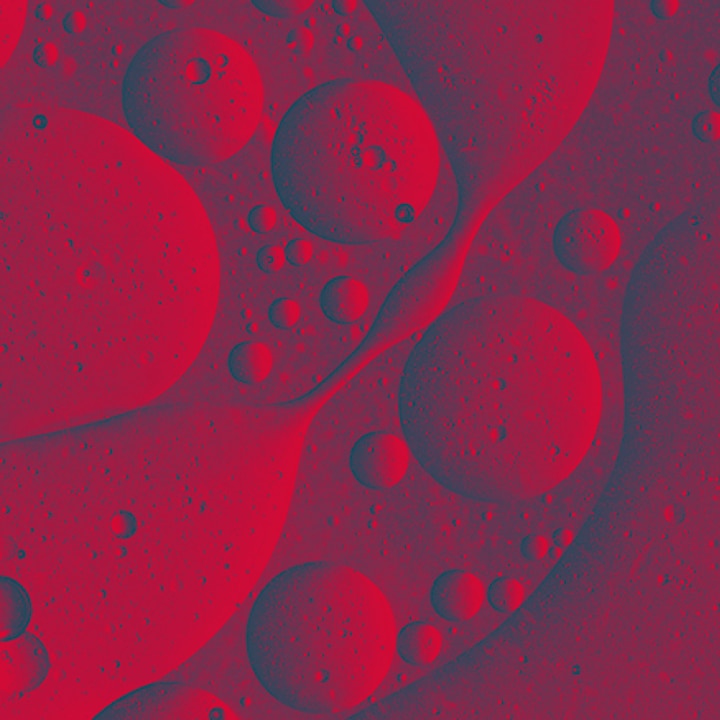We are committed to demonstrating the value of chemistry and materials science to society and improving the way the world understands and considers science in decision-making to maximize benefits to businesses, society and the planet. We are making progress toward this vision by innovating sustainable materials of tomorrow, leading candid conversations about product safety, and committing to the advancement of open and transparent chemistry with our value chain partners, customers and the public.

Safe Materials for a Sustainable Planet
We envision a future where every material we bring to market is sustainable for people and our planet.
Measuring our progress
Our metrics
Sustainable Materials of Tomorrow
- Develop an Internal Sustainable Materials Strategy to help guide Dow’s
- InnovationImplement 10 sustainable alternatives.
Leading a Candid Conversation
- Define and maintain Dow’s product safety story.
- Develop 5 courageous collaborations to advance the conversation on product safety.
- Develop and implement Product Stewardship Academies in emerging regions.
Providing Unprecedented Transparency
- Advance transparency beyond regulatory-driven Safety Data Sheets for all Dow products.
Recent highlights
- A product safety blueprint was created to demonstrate the value of chemistry and material science to society and outline Dow’s approach to developing products that are safe for their intended use. Learn more: Product Safety Blueprint Launch.
- Beyond Benign, which seeks to ensure that 25% of U.S. graduating chemists have a background in green chemistry by 2025, was selected as Dow’s fourth collaboration. To help realize this goal, Dow partnered with Beyond Benign to create the first Green Chemistry Education Challenge Awards.
- ROPAQUE™ NT-2900 Opaque Polymer, a hollow-sphere pigment developed jointly with Koehler Paper for thermal papers free of chemical developers was selected as Dow’s fourth sustainable alternative.
- SYNTEGRA™ YS 3000, a solvent-free, waterborne polyurethane system for eco-friendly synthetic leathers was named Dow’s fifth sustainable alternative.
Recognition
Product Stewardship Academy receives Responsible Care Award
Our Product Stewardship Academy has had outreach in Kenya, Nigeria, Ghana, Ethiopia, UAE and Egypt to promote product safety. The Dow Product Stewardship Academy is about recognizing the needs of emerging countries and growing sales responsibly. This program received a Responsible Care Award for the launch and impact of our program.
Awarded the Sustainability Champion Award from Green Chemistry & Commerce Council (GC3) for leadership in value chain outreach and efforts to advance the development of sustainable materials.
Recognized with a Shanghai Government Science and Technology Award for our contribution to helping advance China’s approaches to risk management evaluations and enhance environmental protection and sustainability.
EPA Safer Choice Partner of the Year
The U.S. Environmental Protection Agency (EPA) recognized Dow Chemical as a Safer Choice Partner of the Year for outstanding achievement in the design, manufacture, and promotion of cleaning products that carry the Safer Choice label for use in households and facilities nationwide. Dow was recognized in the Safer Choice Innovator category for two sustainable product innovations, ECOSURF™ EH Surfactants and BLUEDGE™ Polymeric Flame Retardant (FR) Technology. On YouTube: https://www.youtube.com/watch?v=ixp7QlEtF5Y
LAUNCH Chemistry Award for development of predictive safety assessment tools
The Dow Toxicology Cheminformatics Team was selected as one of five LAUNCH: Smarter Chemistry Innovation Challenge Innovators. Together with the American Chemical Society Green Chemistry Institute, Estée Lauder, NIKE, Inc. and additional partner organizations, LAUNCH put forward a call to action for innovators and companies to submit projects to make chemistry smarter by generating data, making data more accessible, analyzing the data or applying data in ways that move chemistry towards predictive design-based discovery




